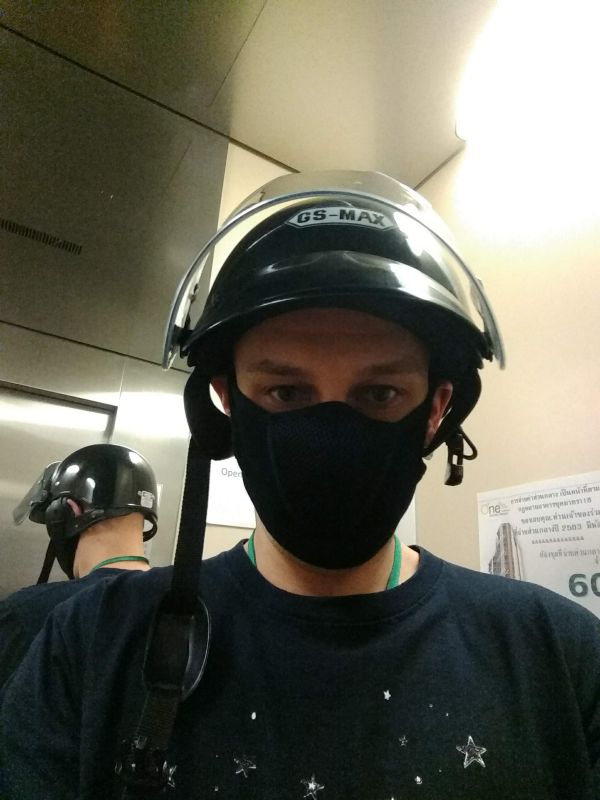Welcome to our comprehensive guide “Unveiling the Challenging Burning Season in Chiang Mai: Insights” on the burning season in Chiang Mai during 2020. The burning season, known for its adverse effects on air quality, garnered significant attention and concern from both locals and expats residing in the area. In this article, we delve into the duration, reasons behind the fires, government response, and practical tips to navigate this challenging period. If you’re planning a trip to Chiang Mai, it’s essential to be informed about the burning season to prioritize your well-being.
Unveiling the Challenging Burning Season in Chiang Mai – Duration: A Season of Uncertainty
Pinpointing the exact start and end of the burning season is challenging. In 2019, it was reported to end around May. However, upon my arrival in April, the situation seemed relatively better, with people mentioning improvements compared to March. In 2020, the burning season commenced in mid-February, as reported in The Thaiger’s article titled “Chiang Mai blanketed in smoke as fires burn around the province” published on February 18, 2020.
Reasons and Government Response: Unveiling the Causes
Two primary reasons contribute to the occurrence of fires during the burning season in the Chiang Mai region. Firstly, farmers resort to burning their fields to clear them for the upcoming growing season. The cost-effectiveness and efficiency of this method, compared to manual labor or renting specialized machinery, make it a common practice. The article “Smoke from plantation fires continues to choke central and northern Thailand” published by The Thaiger on February 28, 2020, sheds light on how farmers growing crops like sugar, corn, fruits, and rice employ fire as a clearing technique.
The second reason revolves around the search for lucrative mushrooms known as “hed thob” or “hed pho” during the dry season. Some individuals deliberately burn forests to facilitate the growth of these expensive mushrooms, which they can later sell. The Bangkok Post article titled “Amid northern haze, a burning desire for wealth” by Chaiyot Yongcharoenchai, published on March 29, 2015, provides further insights into this practice.
While the government has implemented strict penalties, including imprisonment and hefty fines, to deter deliberate fire-starting, the longstanding tradition of burning in Northern Thailand still persists.


How to Identify the Start of the Burning Season: Indicators and Precautions
To stay informed about air quality, you can download applications that provide real-time updates on air quality or visit the World Air Quality Ranking page. Additionally, refer to the Air Quality Index (AQI) icons to assess the severity of pollution levels. Keep an eye out for changes in your health, such as a sore throat, fatigue, headaches, or increased eye irritation, as these may indicate the presence of elevated air pollution. Another telltale sign is the scent of burning when drying clothes outside.

Visual observations can also help identify the onset of the burning season. On high pollution days, the air may resemble the dystopian atmosphere depicted in the movie “Mad Max Fury Road” with reduced visibility and a noticeable haze.

Unveiling the Challenging Burning Season in Chiang Mai – Mitigating the Effects: Practical Measures
- Wear a face mask when outdoors, especially while riding a motorbike. Choose a face mask that suits your budget and provides adequate protection.
- Install air purifiers at home and office spaces. These devices, although relatively expensive (around 3500 Baht), effectively clean the air and make a noticeable difference in air quality during the burning season. Note that not all air conditioners have built-in air purifiers.
- Keep balcony doors and windows closed to prevent outdoor pollutants from entering your living spaces.
- Utilize air conditioning units to maintain a filtered and clean indoor environment.
- Limit outdoor activities and prioritize staying indoors during periods of poor air quality.
Remember, prolonged exposure to polluted air can have serious long-term health consequences, including an increased risk of lung cancer. Consider scheduling your visit to Chiang Mai between mid-February and mid-April wisely, taking into account the burning season’s impact on air quality.

[…] year long about the same thing. Most of the year in Chiang Mai the air quality is good. Also, the burning season is no more than three months. But people discuss it every day. So maybe you will create a group […]